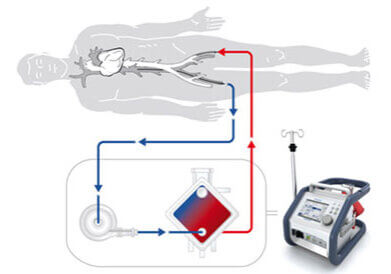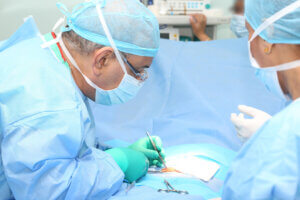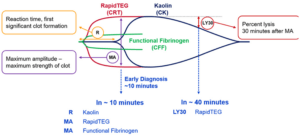How ECMO Helps People Heal from Hypothermia and Other Conditions
Lehigh Valley Health News Blog shares the news that LVPG Cardiac and Thoracic Surgery used ECMO therapy on more than 140 patients in the past three years, including Justin Smith.
The recent story about Justin Smith, the young man found frozen in a snow bank last February and brought back to life, has raised awareness of a therapy called extracorporeal membrane oxygenation, or ECMO. While ECMO is considered a last-resort option for someone with cardiac or respiratory failure, it’s a technology that’s a proven lifesaver.
ECMO technology has advanced in the past 10 years. It began to get major interest from the medical community because of how it helped adults with severe acute respiratory distress syndrome (ARDS) improve in-hospital survival during the 2009 H1N1 pandemic. Those results were reported in the Journal of the American Medical Association (JAMA) in 2011.
How it works
In essence, ECMO treatments allow an injured or infected organ – most often the heart or lungs – time to heal.
There are two types of ECMO treatments for adults:
- Venovenous (VV) ECMO – In this procedure, blood is drawn from the venae cavae through a catheter. That blood is then run through the ECMO machine, which removes carbon dioxide and adds oxygen. Then the blood is pumped back into the body. This type of ECMO may be used for treatment of pneumonia, hypoxia, ARDS and influenza because of how it allows a person’s lungs to rest and heal.
- Venoarterial (VA) ECMO – This procedure drains blood from the right atrium, then oxygenates the blood and returns it to the arterial system. This type of ECMO may be used for treatment of cardiac arrest, cardiogenic shock and after cardiac surgery because of how it allows both the lungs and heart to rest and heal.
When it’s used
ECMO can support people with numerous conditions, including ARDS, hypothermia, severe breathing and heart-related problems, burns, drug overdose and trauma. The use of ECMO often peaks during influenza season, from November through March.
Lehigh Valley Health Network introduced ECMO treatments for adults in 2013. Since then our team has cared for more than 140 patients on ECMO. As recommended by groups such as the Extracorporeal Life Support Organization (ELSO), effective ECMO care requires a team of specialists, including cardiologists, pulmonary and critical care physicians, and infectious disease doctors. This team is supported by surgeons, physician assistants, perfusionists and specially-educated nurses. We all work together for ECMO to succeed.
In the past three years, ECMO has helped a man from Birdsboro rebound from a severe bout with ARDS. It’s helped a pregnant woman from Minersville recover from a severe case of the flu and safely deliver her baby. And it helped Justin Smith survive despite spending 12 hours in the cold, with no pulse or respiration, and a body temperature of 18 degrees Celsius. As long as we can use ECMO, we can provide a higher level of care that wasn’t available before.
https://youtube.com/watch?v=PAvvTEcH0DE
Source: http://news.lvhn.org/2016/01/27/how-ecmo-helps-people-heal-from-hypothermia-and-other-conditions/





